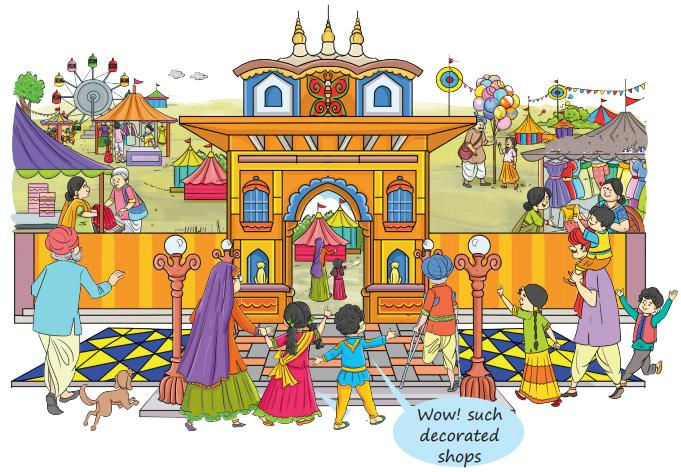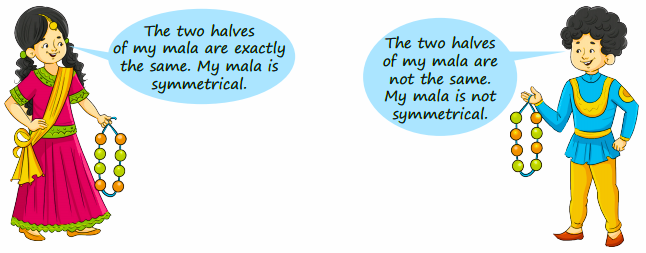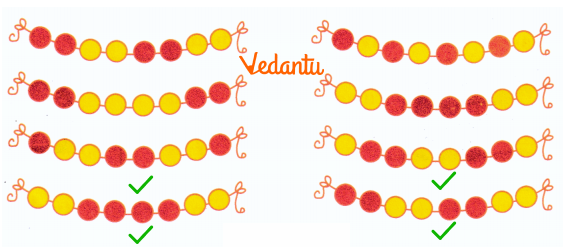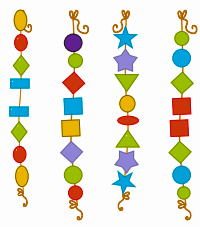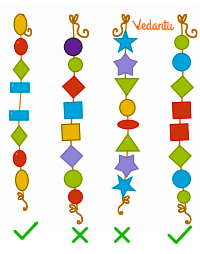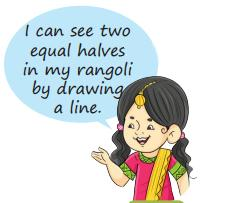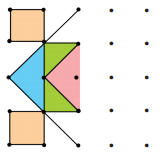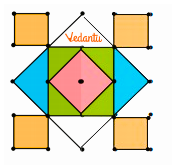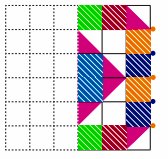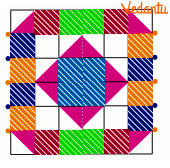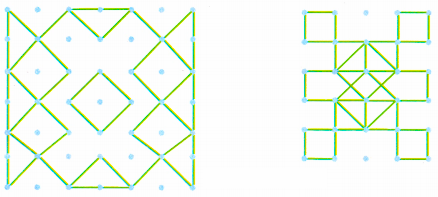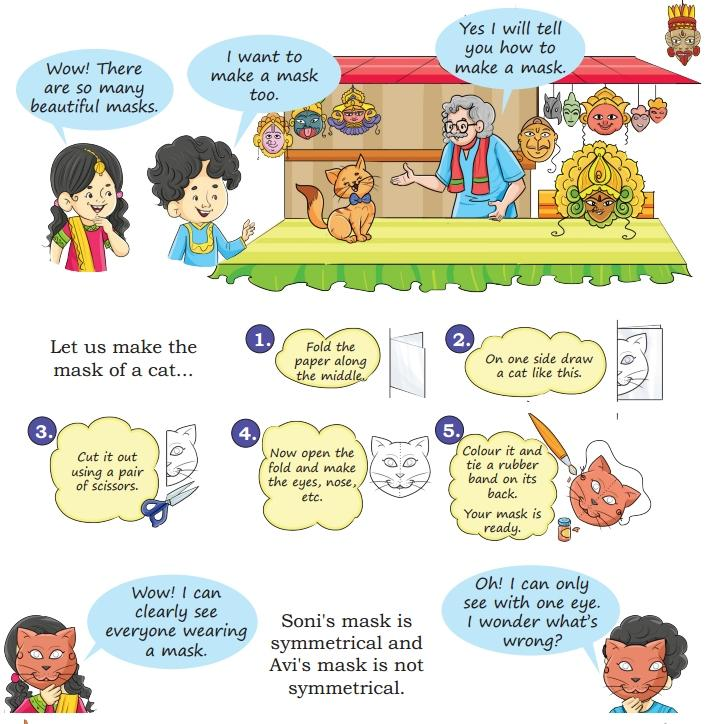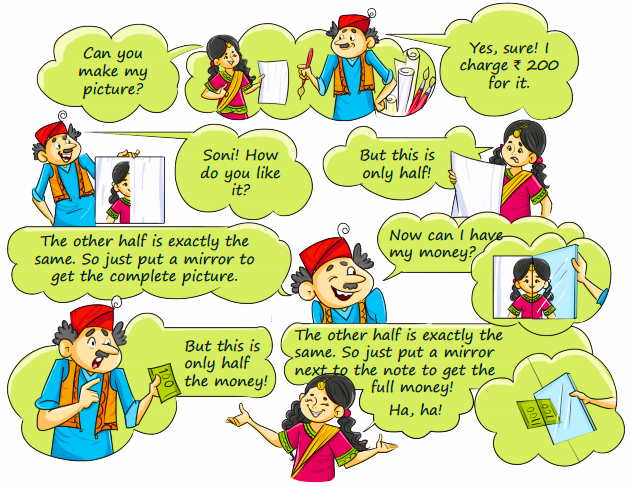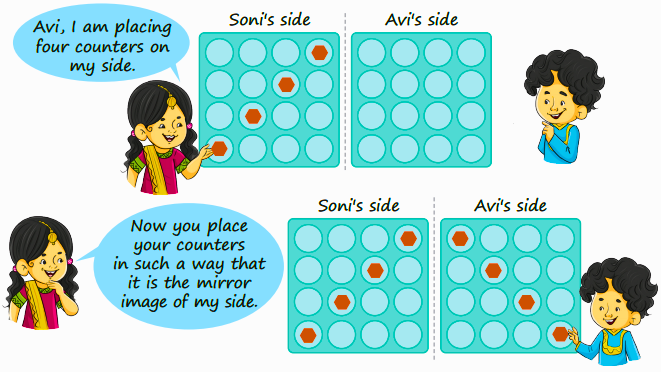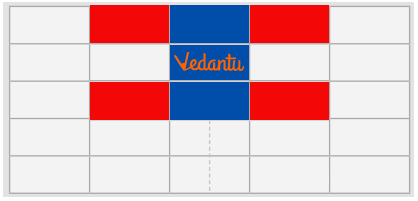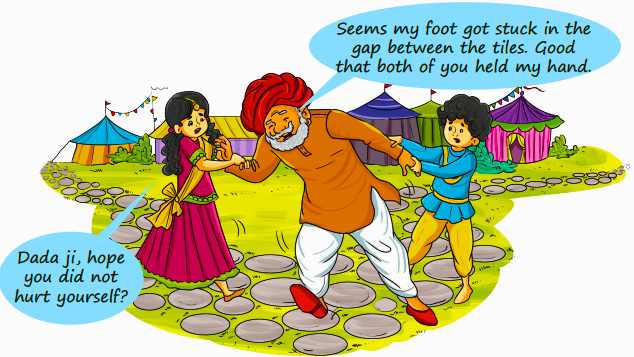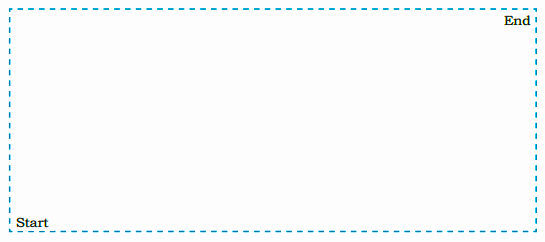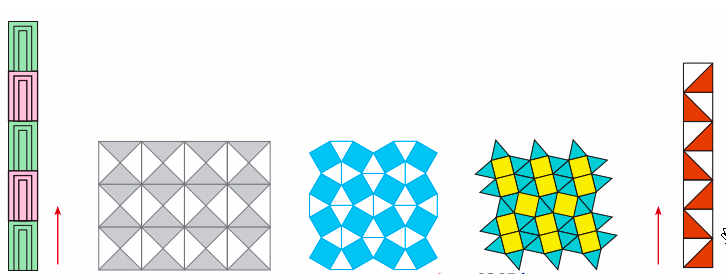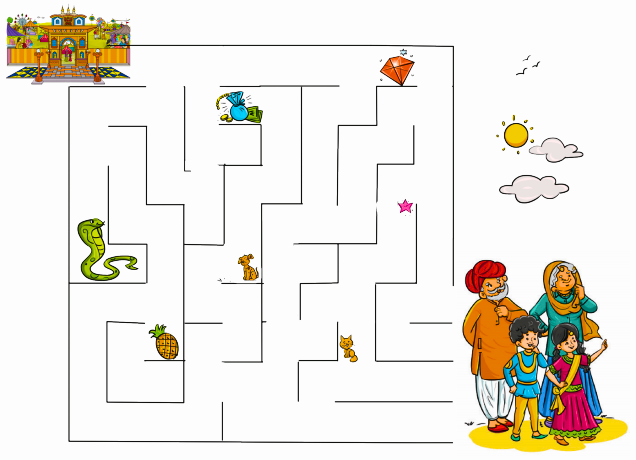The Surajkund Fair - Exercise-wise Questions and Answers For Class 3 Maths - Free PDF Download
FAQs on NCERT Solutions For Class 3 Maths Chapter 14 The Surajkund Fair - 2025-26
1. What key mathematical concepts are taught in NCERT Solutions for Class 3 Maths Chapter 14 The Surajkund Fair?
- Symmetry: Understanding how shapes and patterns are divided into equal, mirror-image parts.
- Patterns and Designs: Exploring repetitive motifs seen at fairs, including rangolis and decorative items.
- Shapes: Identifying and using geometric shapes like triangles and hexagons in fair-related contexts.
2. How does Chapter 14 explain the concept of symmetry to Class 3 students?
Chapter 14 introduces symmetry by asking students to find lines that divide an object or design into two identical halves, often using real-life examples from the fair such as gates, patterns, and rangolis. Students also practice drawing and folding designs to visually check symmetry, as per the CBSE 2025–26 syllabus.
3. Why is learning about patterns important in Class 3 Maths Chapter 14?
Recognising and creating patterns helps students develop logical thinking and observation skills. Patterns also make mathematical concepts relatable, as students see how repetitive designs appear in daily life, especially during events like the Surajkund Fair.
4. What type of activities are included in the NCERT Solutions for Class 3 Maths Chapter 14?
- Colouring beads in symmetrical malas (necklaces)
- Spotting symmetrical objects at the fair
- Drawing and folding rangolis to find symmetry
- Playing mirror games to match patterns
- Using rangometry shapes to tile paths and create new designs
5. How do the NCERT Solutions help improve problem-solving abilities in Class 3 Maths Chapter 14?
NCERT Solutions guide students to approach each question stepwise, explaining the method behind the answer. They encourage visualization, logical deduction, and creativity, which are essential for solving both direct and higher-order pattern-based problems.
6. What is a line of symmetry, and how does Chapter 14 teach students to find it?
A line of symmetry divides a shape or design into two mirror-image halves. Chapter 14 teaches students to identify such lines by folding paper or visually matching both sides of a figure, using examples like gates, beads, and rangoli designs.
7. What real-life connections are made in The Surajkund Fair (Class 3 Maths Chapter 14) to make learning engaging?
The chapter uses experiences from visiting a real fair, the Surajkund Fair, to introduce symmetry, patterns, and shapes found in decorations, crafts, rangolis, and maps, making mathematical concepts easy to relate to students’ daily surroundings.
8. In what ways does Class 3 Maths Chapter 14 encourage creativity in students?
By prompting students to draw their own symmetrical designs, rangolis, and tile patterns, the chapter boosts creative thinking. Tasks like ‘Make Masks’ and ‘Tiling the Paths’ require students to apply mathematical ideas in inventive projects.
9. How should students approach questions involving mirror images in NCERT Solutions for Chapter 14?
Students are encouraged to visualize or physically use a mirror along the specified line to see if both halves of an object or pattern look alike. This hands-on approach deepens their understanding of mirror symmetry and elimination of non-symmetrical items.
10. What is the significance of using rangometry shapes in Chapter 14, and how do they aid learning?
Rangometry shapes (like triangles, squares, hexagons) are used to teach how different tiles can fit together without gaps or overlaps. This activity develops spatial and logical reasoning, and introduces concepts behind tiling and pattern-making.
11. What common misconceptions might students have about symmetry in Class 3, and how do the NCERT Solutions address them?
Many students think all patterns are symmetrical or that symmetry applies only to vertical lines. The NCERT Solutions clarify that not all designs have symmetry and a line of symmetry can be horizontal, vertical, or diagonal, using diverse examples and exercises.
12. What strategies do NCERT Solutions recommend for solving creative questions in Chapter 14?
Strategies include observing each pattern carefully, folding or tracing designs to check for symmetry, experimenting with beads or rangometry shapes for hands-on understanding, and explaining the reasoning behind choosing or rejecting a design as symmetrical.
13. How does NCERT Solutions for Class 3 Maths Chapter 14 align with the CBSE 2025–26 syllabus?
The solutions follow the updated CBSE syllabus, ensuring each question and method is as per the latest curriculum. All concepts including symmetry, patterning, and design analysis are explained in clear, age-appropriate steps, matching required learning outcomes.
14. Can you provide an example problem solved using NCERT Solutions for Class 3 Maths Chapter 14?
Example: ‘Spot things in the picture that look the same from left and right sides.’
- Step 1: Look at each object.
- Step 2: Imaginarily or actually fold the image in half.
- Step 3: If both sides match, the object is symmetrical (e.g., entrance gate, lamp posts).
























